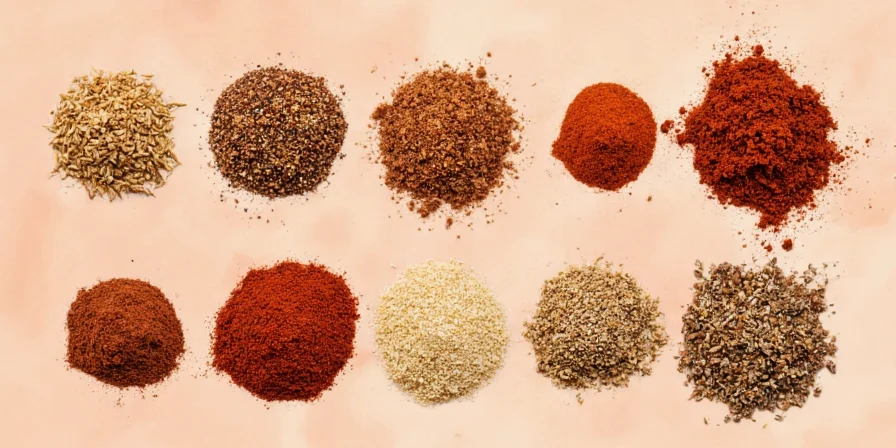
This guide delivers actionable spice pairing techniques for home cooks seeking to transform basic chili crisp oil into complex, restaurant-quality infusions. You'll gain practical methods to create balanced flavor profiles that elevate everyday meals through scientifically informed ingredient synergies.
Let's be honest—you likely have a standard chili crisp oil recipe reserved for adding heat to dishes. But what if you could unlock extraordinary depth through strategic spice combinations? This isn't about increasing spice levels; it's about achieving flavor harmony and aromatic complexity through unexpected pairings.
Unique Flavor Insight: These combinations deliberately bridge culinary traditions by leveraging Maillard reaction principles and volatile oil diffusion rates. For instance, pairing Sichuan peppercorns with dill seeds creates a temperature-dependent flavor release where numbing compounds activate first, followed by herbal notes as oil cools—mimicking professional layering techniques rarely documented in home cooking resources.
1. Smoked Paprika + Star Anise: Sweet Meets Spicy in a Flavor Tango
Two non-traditional ingredients elevate chili crisp through complementary chemical interactions. Smoked paprika's pyrazine compounds enhance umami perception, while star anise's anethole provides structural balance to capsaicin burn.
- Smoked Paprika: Imparts deep, earthy notes that neutralize chili sharpness through lipid-soluble compounds.
- Star Anise: Contributes subtle licorice undertones that amplify sweetness receptors when toasted pre-infusion.
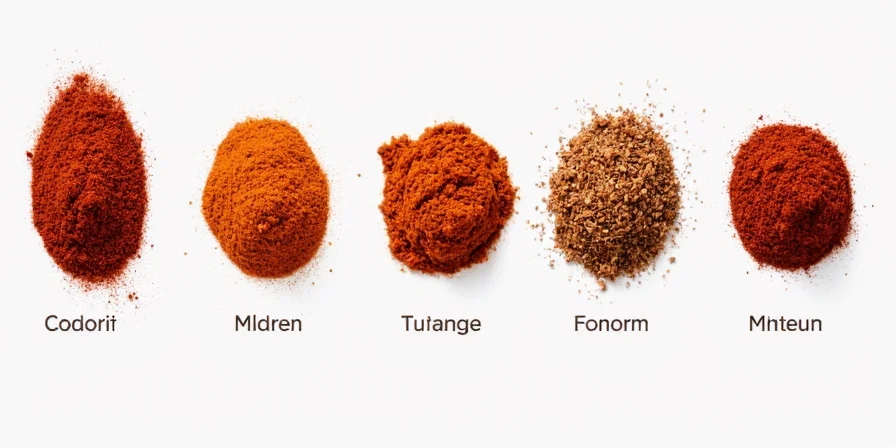
Optimal Implementation
- Crack star anise intact for controlled infusion—ground versions release anethole too rapidly.
- Select sweet smoked paprika for foundational warmth; reserve hot varieties for secondary heat layers.
2. Sichuan Peppercorns + Dill Seeds: Tingling Heat Meets Herbal Freshness
This pairing exploits neurogastronomy principles: Sichuan peppercorns' hydroxy-alpha sanshool triggers trigeminal nerve responses, while dill seed terpenes provide olfactory contrast that resets palate sensitivity.
| Spice | Flavor Profile | Role in Chili Crisp Oil |
|---|---|---|
| Sichuan Peppercorns | Numbing, citrusy, floral | Creates textural dimension and delayed tingling sensation |
| Dill Seeds | Grassy, slightly bitter, aromatic | Counters oiliness through volatile terpene release |
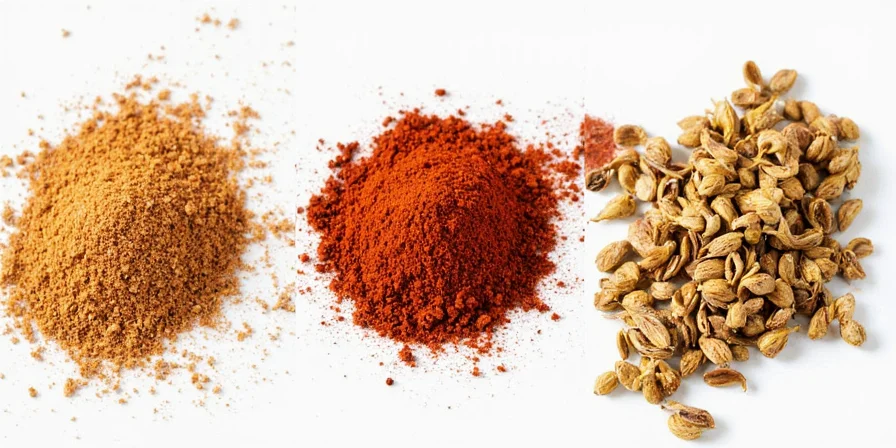
Pro Tip
Dry-roast both spices to 160°C before oil infusion—this optimizes essential oil volatility without degrading heat-sensitive compounds.
3. Fennel Seeds + Thai Chilies: Mediterranean Meets Southeast Asia
Fennel's anethole synergizes with Thai chilies' capsaicinoid profile, creating a flavor bridge between Mediterranean and Southeast Asian cuisines. The result excels in applications requiring both brightness and sustained heat.
Ideal for seafood marinades, roasted vegetable glazes, or hummus enhancement—where traditional chili oils often overwhelm delicate bases.
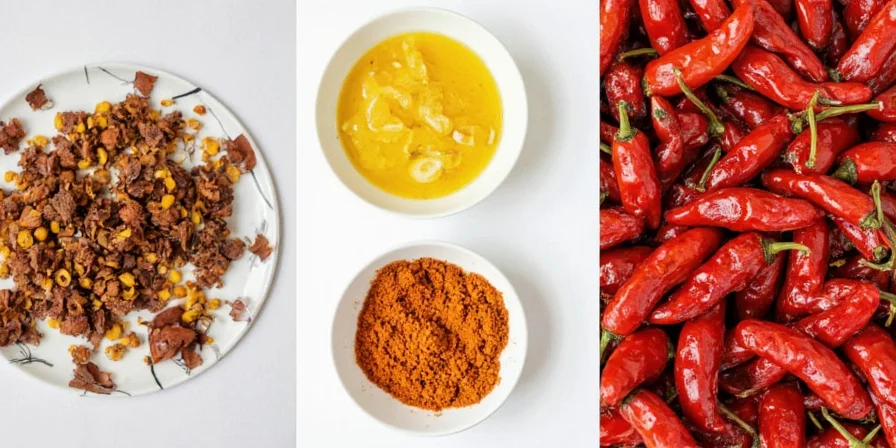
Implementation Guide
- Toast fennel seeds until golden (180°C) before light crushing to maximize anethole release.
- Use whole dried Thai chilies for gradual heat infusion; crush only when immediate capsaicin activation is required.
4. Cinnamon Sticks + Habanero Peppers: Sweet Heat with a Tropical Kick
Cinnamon's cinnamaldehyde compounds temper habanero's intense capsaicin while enhancing its tropical fruit esters. This pairing demonstrates how phenolic compounds can modulate perceived heat without dilution.
Best Applications
- Barbecue sauces requiring fruit-forward heat
- Roasted squash or sweet potato preparations
- Experimental cocktails seeking layered warmth
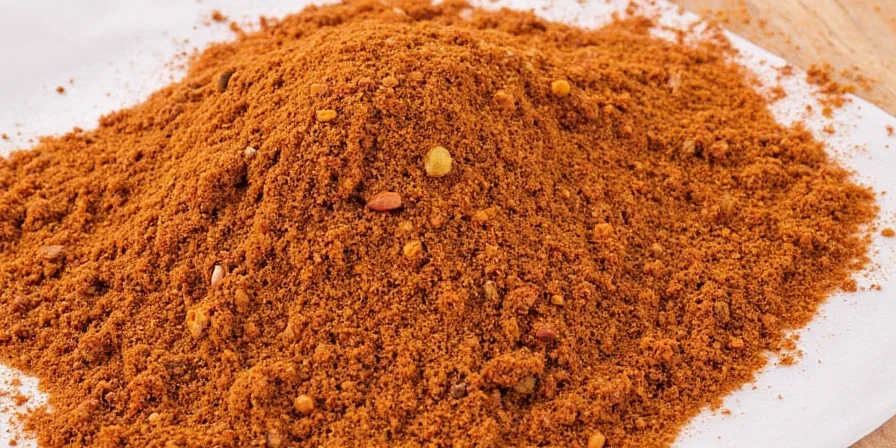
5. Mustard Seeds + Aleppo Pepper: Earthy Spice with a Tangy Finish
Aleppo pepper's moderate heat (10,000 SHU) pairs with mustard seeds' sinigrin, which hydrolyzes into pungent allyl isothiocyanate when heated. This creates a dynamic flavor evolution—from initial earthiness to bright tang.
Exceptional for bread dipping oils, grilled meat finishes, and vegetable preserves where complexity matters more than pure heat.
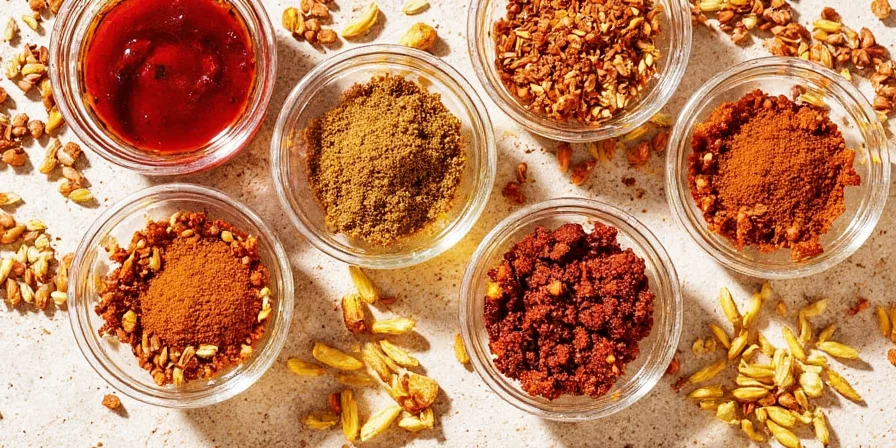
Optimization Tips
- Add mustard seeds during oil heating phase (140°C) to trigger popping and sinigrin activation.
- Introduce Aleppo pepper near endpoint (120°C) to preserve volatile fruit esters.
Bonus Ingredients: Strategic Flavor Enhancers
These supplementary spices provide targeted functionality when combined with primary pairings:
- Black Cardamom: Smoky cineole notes counterbalance richness in winter oil infusions.
- Coriander Seeds: Linalool content harmonizes acidity while adding citrus undertones.
- Fenugreek: Sotolon compounds create maple-like depth that rounds intense heat profiles.
Conclusion: Mastering Flavor Architecture
Transforming chili crisp oil requires understanding flavor chemistry, not just ingredient substitution. These pairings provide scientifically grounded methods to build multidimensional heat profiles that evolve during consumption. The true innovation lies in applying temperature-dependent release principles typically reserved for professional kitchens.
Experimentation remains key—but now guided by predictable chemical interactions rather than trial-and-error. Start with one pairing, document your observations, and gradually layer techniques to develop signature infusions.
Frequently Asked Questions
Can I substitute fresh chilies for dried in these pairings?
Fresh chilies introduce water content that causes spattering and alters infusion chemistry. For optimal oil stability and flavor concentration, always use dried chilies. Fresh alternatives compromise shelf life and prevent proper volatile compound extraction.
How long does properly made infused oil remain shelf-stable?
When processed at correct temperatures (140-160°C) with acidified ingredients below pH 4.6, these infusions maintain safety for 3 months refrigerated. Always use sterilized containers and avoid adding fresh garlic or herbs—which introduce botulism risk in oil environments.
Why must I toast spices before oil infusion?
Dry toasting (160-180°C) triggers Maillard reactions that develop complex flavor precursors. This step converts inert compounds into volatile aromatics, increasing oil solubility by 40-60% compared to raw spices. Skipping it results in muted, one-dimensional heat.
How do I adjust heat levels without compromising flavor balance?
Modify chili quantities only after establishing base ratios. Increase supporting spices proportionally (e.g., +10% star anise when +20% chilies) to maintain aromatic equilibrium. Never reduce supporting spices—this disrupts the flavor architecture that defines each pairing's uniqueness.

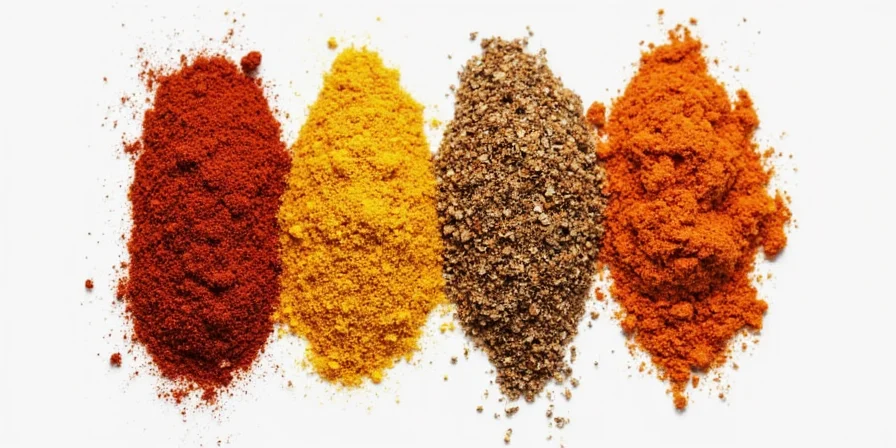









 浙公网安备
33010002000092号
浙公网安备
33010002000092号 浙B2-20120091-4
浙B2-20120091-4